Research
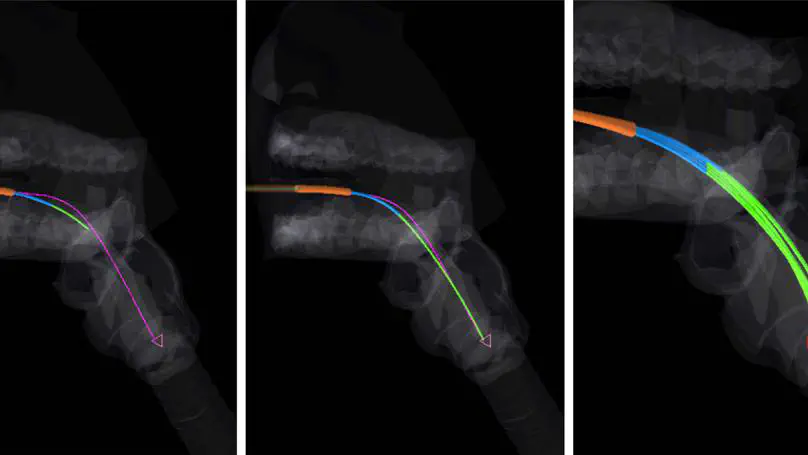
Concentric tube robots have a large number of design variables, which is often reduced in order for design optimization problems to be tractable by gradient-free approaches. However, this reduces the design space of the robots, which can lead to sub-optimal results. To overcome those limitations, we propose a design optimization problem formulation compatible with grandient-based methods, allowing us to explore a larger design space.
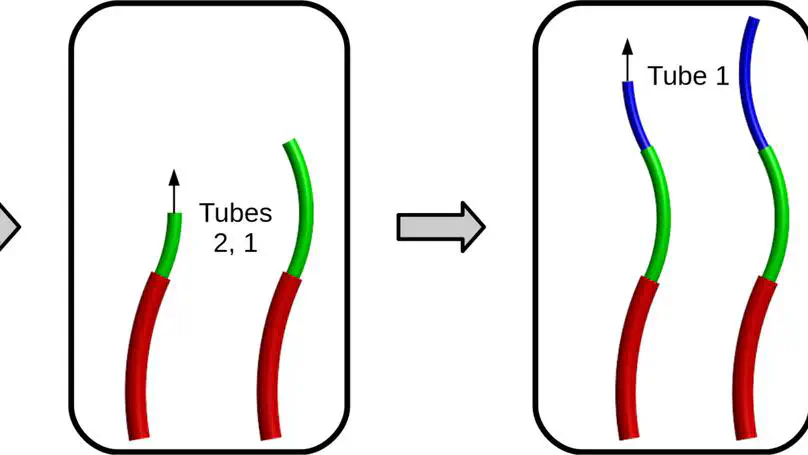
The particular architecture of concentric tube robots leads to lateral motions of their bodis while their tips are controlled. Such behavior can be undesired for deployment in constrained areas. In order to overcome this challenge, we worked on the follow-the-leader deployment of those robots, during which the robot body follows the path taken by its tip.
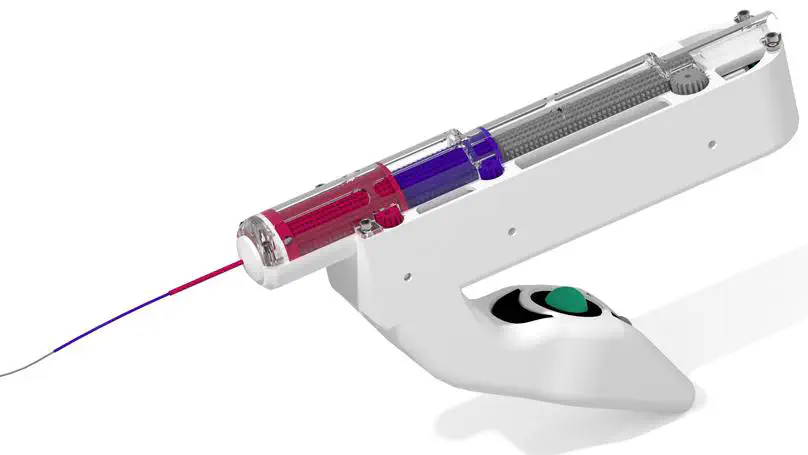
The standard-of-care involves a range of affordable, manual, hand-held rigid tools, with limited dexterity. In contrast, roboticized tools with increased accessibility and dexterity are usually larger, heavier, grounded devices that are teleoperated, posing a new set of challenges. To bridge the gap between those classes of devices, we propose a hand-held concentric tube robot that has the dexterity and precision of large roboticized devices, while maintaining the footprint of a traditional hand-held tool.
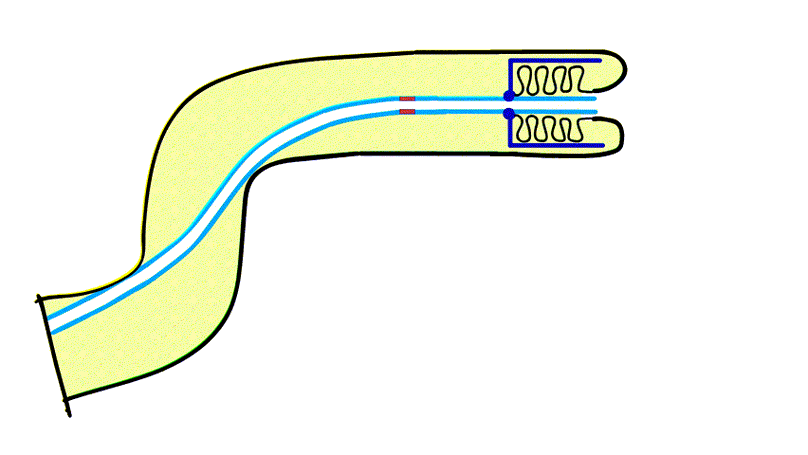
A new subclass of soft robot, known as tip-extending or “vine” robots, consists of long inflatable devices that move through the environment by extending from the tip. A key requirement for many applications of these robots is a working channel - a hollow tube through the core of the robot for passing tools, sensors, fluids, etc. While working channels have been proposed in a few vine robots, it remains an open challenge to create miniaturized vine robots (diameter < 1 cm) with working channels that enable continuous access through the core. In this paper, we analyze the growth models of current vine robot designs and show that the working channel greatly increases required pressure to grow at small scales due to internal friction. Based on this insight, we propose the concept of storing scrunched material at the tip of the vine robot to circumvent this frictional force. We validate our models and demonstrate this concept via prototypes down to diameters of 2.3 mm. Overall, this work enables the creation of miniaturized vine robots with working channels, which significantly enhances their practicality and potential for impact in applications such as minimally invasive surgery.
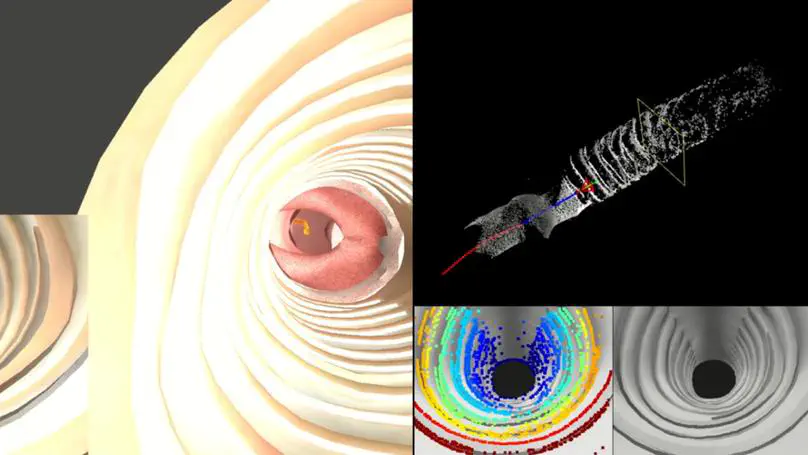
The planning of continuum robots is generally based on the patient’s anatomy using pre-operative images. However, their practical deployment can be challenging. Open-loop approaches are prone to errors due to modeling accuracy or physiological motions of the patient during the procedure, and human-in-the-loop approaches require specific skills from the surgeon. To overcome those limits, we propose an automatic tip-steering approach for concentric tube robots based on visual SLAM (simultaneous localization and mapping).
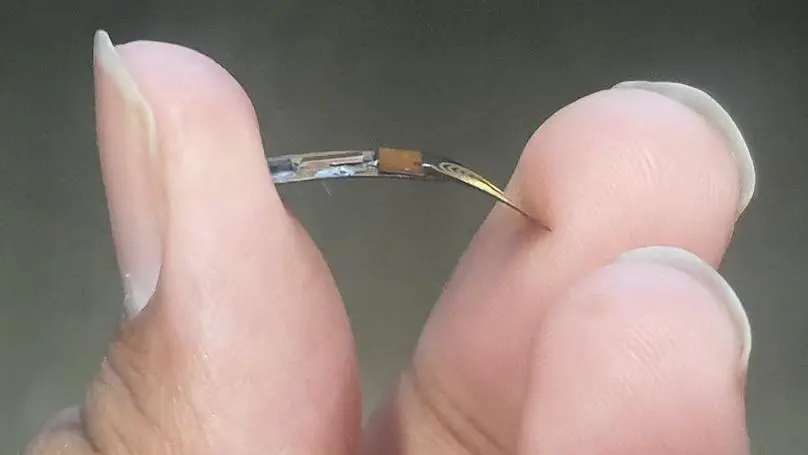
The ability to sense forces is a critical component for ensuring that robots can safely interact with their environment. Yet there are numerous situations, in particular for medical applications, where environmental and sensor density requirements can pose challenges to sensor design. To overcome those limitations, we proposed new wireless force sensors.